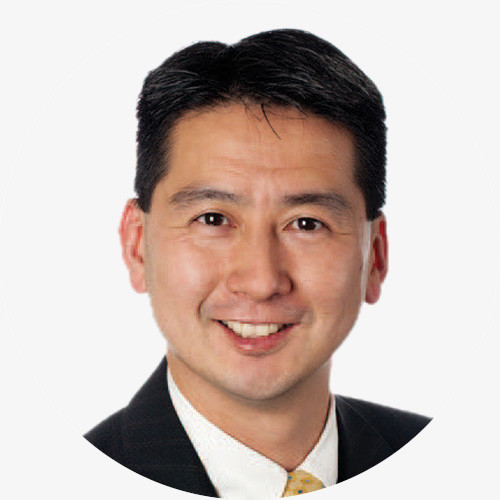Shoulder Osteoarthritis
The shoulder is made up of two joints, the acromioclavicular (AC) joint and the glenohumeral (GH) joint. Both can be affected by arthritis.
Osteoarthritis refers to wear and tear or age related arthritis, which progressively destroys the smooth outer covering (articular cartilage) of the shoulder bones. The normally smooth joint surfaces become rough and irregular. This is more commonly seen in people aged over 50 years, affecting both men and women.
Post traumatic arthritis: a form of osteoarthritis, which typically develops following an injury to the shoulder such as a fracture, repeated dislocations or rotator cuff tears.
Rheumatoid arthritis: an inflammatory disease affecting the joint lining leading to progressive destruction of the surface of joints not only in the shoulder but knees, hips, elbows, hands and feet. This disabling disease can affect people of any age.







